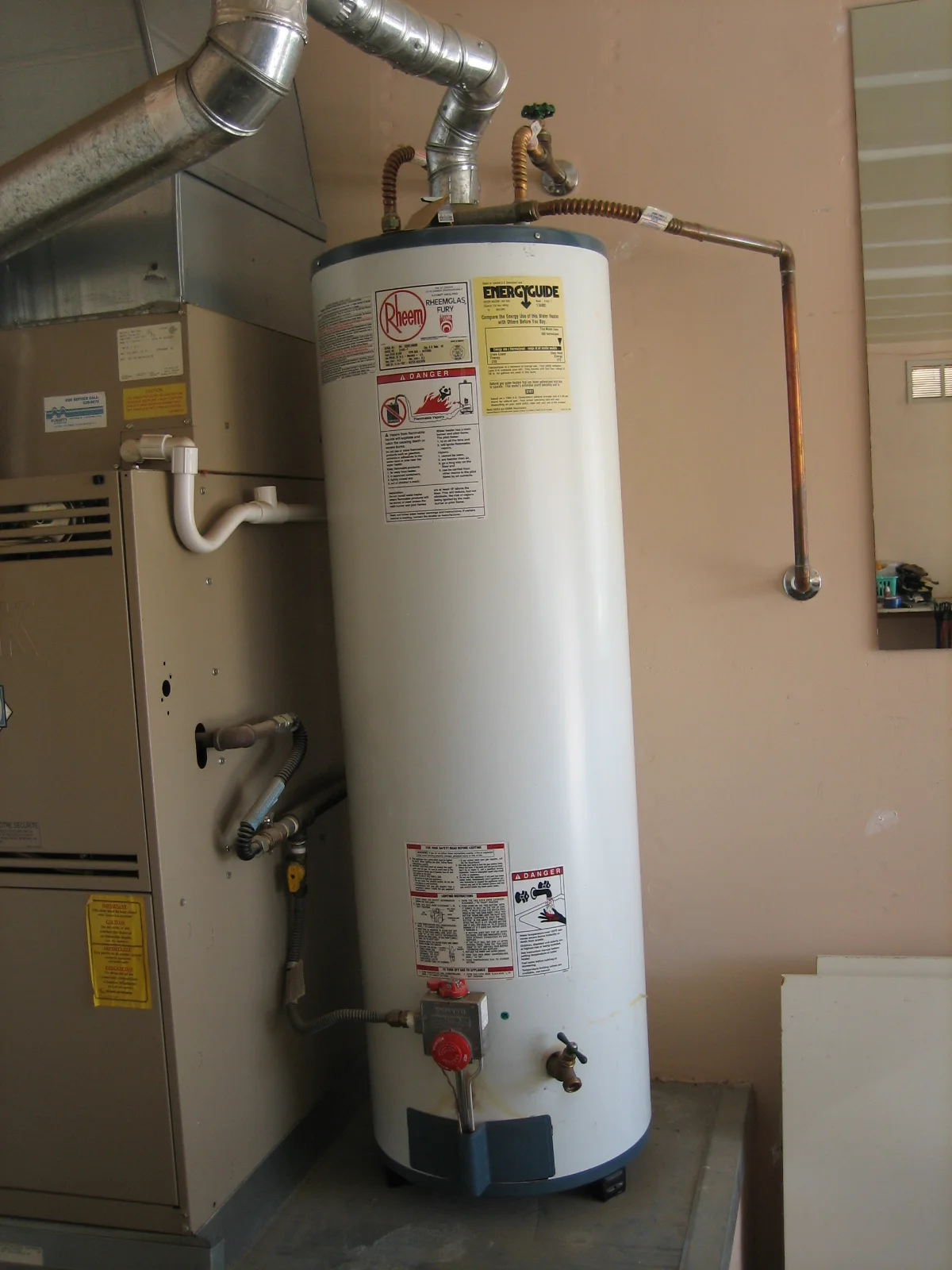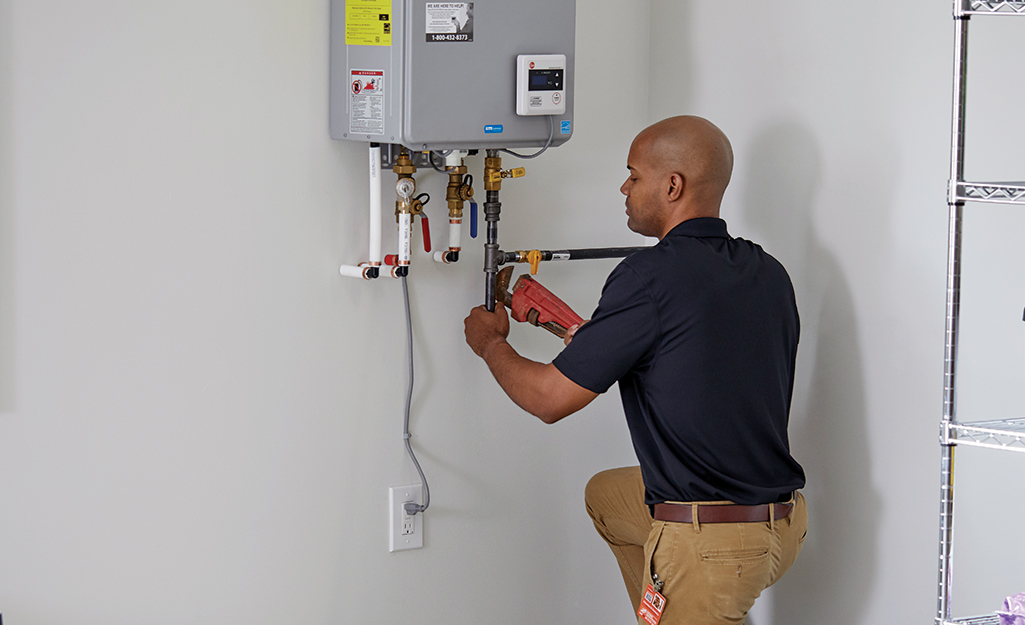Easy Ways to Care for Your Home's Hot Water System Effectively
Easy Ways to Care for Your Home's Hot Water System Effectively
Blog Article
We have stumbled on this article relating to Tips For Maintaining Your Hot Water Heater below on the net and figured it made perfect sense to share it with you on my blog.

Warm water is crucial for daily comfort, whether it's for a rejuvenating shower or cleaning dishes. To ensure your hot water system runs effectively and lasts much longer, routine upkeep is vital. This article offers functional pointers and understandings on how to maintain your home's warm water system to stay clear of disturbances and pricey repairs.
Introduction
Keeping your home's warm water system might seem difficult, however with a few easy actions, you can guarantee it runs efficiently for several years to find. This overview covers every little thing from recognizing your warm water system to do it yourself upkeep pointers and recognizing when to call in professional help.
Significance of Maintaining Your Hot Water System
Regular maintenance not only extends the lifespan of your hot water system but also ensures it runs successfully. Disregarding upkeep can bring about lowered performance, greater energy expenses, and even early failing of the system.
Indicators Your Hot Water System Needs Maintenance
Knowing when your hot water system needs attention can prevent major issues. Watch out for indications such as inconsistent water temperature, odd sounds from the heating unit, or rustic water.
Purging the Hot Water Heater
Purging your hot water heater removes sediment buildup, improving efficiency and prolonging its life.
Checking and Replacing Anode Rods
Anode poles protect against deterioration inside the container. Evaluating and changing them when broken is essential.
Complex Issues Requiring Professional Help
Instances consist of significant leakages, electrical issues, or if your water heater is consistently underperforming.
Regular Professional Upkeep Conveniences
Specialist upkeep can include comprehensive inspections, tune-ups, and making certain conformity with security requirements.
Examining and Readjusting Temperature Level Settings
Changing the temperature settings makes certain optimum performance and safety and security.
DIY Tips for Upkeep
You can do several upkeep tasks on your own to keep your warm water system in top condition.
Looking for Leakages
Frequently inspect pipelines and links for leaks, as these can lead to water damages and higher bills.
Recognizing Your Hot Water System
Before diving right into maintenance jobs, it's useful to recognize the fundamental components of your warm water system. Normally, this includes the hot water heater itself, pipelines, anode rods, and temperature level controls.
Regular Monthly Upkeep Tasks
Routine monthly checks can aid capture small issues before they escalate.
Examining Pressure Alleviation Valves
Evaluating the pressure safety valve ensures it works correctly and protects against extreme stress accumulation.
Shielding Pipes
Shielding hot water pipelines lowers warm loss and can conserve energy.
When to Call a Specialist
While DIY upkeep is advantageous, some problems require expert expertise.
Final thought
Regular maintenance of your home's warm water system is important for performance, longevity, and expense financial savings. By following these suggestions and recognizing when to seek expert aid, you can guarantee a trusted supply of hot water without unforeseen disturbances.
How to Maintain an Instant Hot Water Heater
Before tinkering with your hot water heater, make sure that it’s not powered on. You also have to turn off the main circuit breaker and shut off the main gas line to prevent accidents. Also turn off the water valves connected to your unit to prevent water from flowing into and out of the appliance. 2. When you’re done, you have to detach the purge valves’ caps. These look like the letter “T†and are situated on either side of the water valves. Doing so will release any pressure that has accumulated inside the valves while at the same time avoid hot water from shooting out and burning your skin. 3. When the purge valves’ caps are removed, you have to connect your hosing lines to the valves. Your unit should have come with three hoses but if it didn’t, you can purchase these things from any hardware or home repair shops. You can also get them from retail stores that sell water heating systems. Read the user’s manual and follow it to complete this task properly. When the hosing lines are connected, open the purge port’s valves. 4. You should never use harsh chemical cleaners or solutions when cleaning your unit. Make use of white vinegar instead. It should be undiluted and you’ll probably use about 2 gallons. 5. Now flush your water heater. This task should probably take about 40 minutes. We can’t give you specific directions for this because the procedure is carried out depending on the type, model and brand of your heater. With that being said, refer to the user’s manual. 6. When you’re done draining the unit, you have to turn off the purge port valves again. Remove the hosing lines that you earlier installed on each of the water valves. Put the valve caps (purge port) back in their respective places and be very careful so as not to damage the rubber discs that are found inside these caps. 7. Now that everything’s back in place, check your user’s manual again to find out how to reactivate your water heating system. 8. Once it is working, turn one of your hot water faucets on just to let air pass through the heater’s water supply pipes. Leave the tap on until water flows smoothly out of it. https://www.orrplumbing.com/blog/2014/september/how-to-maintain-an-instant-hot-water-heater/

I ran across that page about What Kind of Maintenance Do Water Heaters Need? while surfing around the search engines. Do you know about someone else who is interested in the topic? Do not hesitate to share it. I am grateful for being here. Kindly stop by our blog back soon.
Click Here Report this page